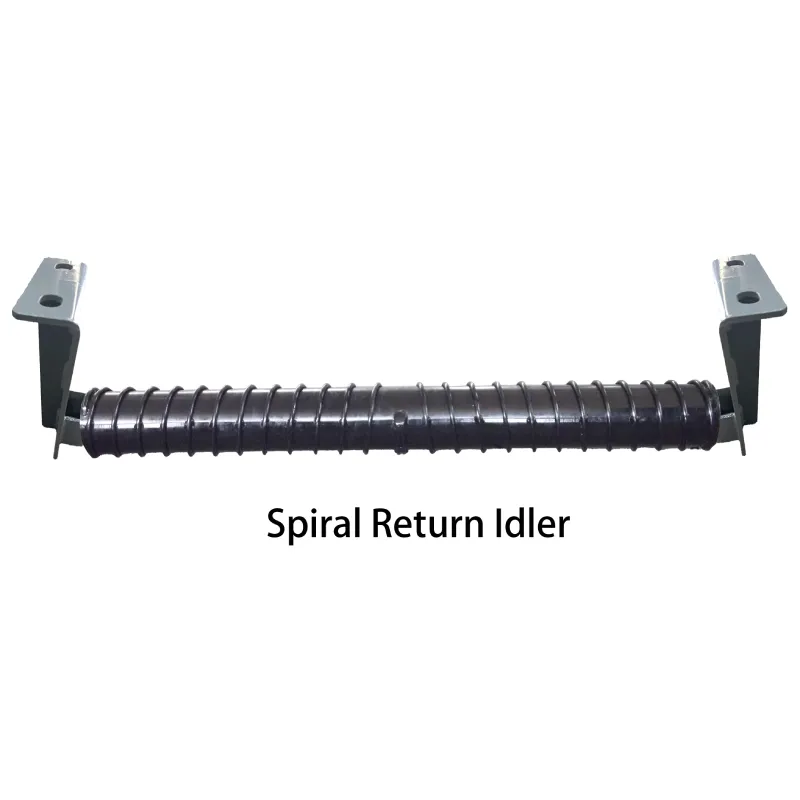 Afrikaans
Afrikaans  Albanian
Albanian  Amharic
Amharic  Arabic
Arabic  Armenian
Armenian  Azerbaijani
Azerbaijani  Basque
Basque  Belarusian
Belarusian  Bengali
Bengali  Bosnian
Bosnian  Bulgarian
Bulgarian  Catalan
Catalan  Cebuano
Cebuano  Corsican
Corsican  Croatian
Croatian  Czech
Czech  Danish
Danish  Dutch
Dutch  English
English  Esperanto
Esperanto  Estonian
Estonian  Finnish
Finnish  French
French  Frisian
Frisian  Galician
Galician  Georgian
Georgian  German
German  Greek
Greek  Gujarati
Gujarati  Haitian Creole
Haitian Creole  hausa
hausa  hawaiian
hawaiian  Hebrew
Hebrew  Hindi
Hindi  Miao
Miao  Hungarian
Hungarian  Icelandic
Icelandic  igbo
igbo  Indonesian
Indonesian  irish
irish  Italian
Italian  Japanese
Japanese  Javanese
Javanese  Kannada
Kannada  kazakh
kazakh  Khmer
Khmer  Rwandese
Rwandese  Korean
Korean  Kurdish
Kurdish  Kyrgyz
Kyrgyz  Lao
Lao  Latin
Latin  Latvian
Latvian  Lithuanian
Lithuanian  Luxembourgish
Luxembourgish  Macedonian
Macedonian  Malgashi
Malgashi  Malay
Malay  Malayalam
Malayalam  Maltese
Maltese  Maori
Maori  Marathi
Marathi  Mongolian
Mongolian  Myanmar
Myanmar  Nepali
Nepali  Norwegian
Norwegian  Norwegian
Norwegian  Occitan
Occitan  Pashto
Pashto  Persian
Persian  Polish
Polish  Portuguese
Portuguese  Punjabi
Punjabi  Romanian
Romanian  Russian
Russian  Samoan
Samoan  Scottish Gaelic
Scottish Gaelic  Serbian
Serbian  Sesotho
Sesotho  Shona
Shona  Sindhi
Sindhi  Sinhala
Sinhala  Slovak
Slovak  Slovenian
Slovenian  Somali
Somali  Spanish
Spanish  Sundanese
Sundanese  Swahili
Swahili  Swedish
Swedish  Tagalog
Tagalog  Tajik
Tajik  Tamil
Tamil  Tatar
Tatar  Telugu
Telugu  Thai
Thai  Turkish
Turkish  Turkmen
Turkmen  Ukrainian
Ukrainian  Urdu
Urdu  Uighur
Uighur  Uzbek
Uzbek  Vietnamese
Vietnamese  Welsh
Welsh  Bantu
Bantu  Yiddish
Yiddish  Yoruba
Yoruba  Zulu
Zulu Conveyor Roller Assembly for Efficient Material Handling Solutions
Understanding Conveyor Roller Assembly Importance and Functionality
In the industrial sector, conveyor systems play a vital role in streamlining processes that involve the movement of goods. Among the key components of these systems is the conveyor roller assembly, which is fundamental to the smooth operation and efficiency of material handling. In this article, we will explore the importance, functionality, and various types of conveyor roller assemblies.
What is Conveyor Roller Assembly?
A conveyor roller assembly is a crucial part of a conveyor system that facilitates the movement of materials. It consists of a series of rollers mounted on frames or beds, allowing products and materials to glide smoothly along the conveyor. These assemblies can handle a diversity of loads, from light packages to heavy industrial items, making them versatile solutions for various applications.
The Role of Conveyor Rollers in Operations
The primary function of conveyor rollers is to support the weight of the items being transported while ensuring that they move efficiently along the conveyor belt. The design and arrangement of rollers are critical in minimizing friction and wear, thereby extending the lifespan of both the conveyor system and the products being handled.
Conveyor rollers can be powered or unpowered. Powered rollers are typically used in belt-driven systems where the rollers have a motorized mechanism to facilitate movement. On the other hand, unpowered rollers rely on gravity or manual labor to move goods along the conveyor. Each type serves specific operational needs based on the complexity and demands of the tasks involved.
Types of Conveyor Roller Assemblies
1. Gravity Rollers These are the simplest type of roller assemblies where the load moves under the force of gravity. Gravity rollers are highly effective for loading and unloading areas where the movement speeds are lower.
2. Powered Rollers These include various designs, such as belt-driven or chain-driven systems. They are designed to move heavier loads and are usually employed in environments where quick and efficient material handling is essential, like in shipping warehouses.
conveyor roller assembly

3. Heavy-Duty Rollers These are specifically engineered to carry heavy materials, such as in mining or heavy manufacturing. They are made from durable materials and have a sturdier build to withstand significant weight and force.
4. Specialty Rollers Depending on the application requirements, specialty rollers may be designed for specific tasks. For instance, anti-static rollers can prevent electrostatic discharge during the handling of sensitive electronic components.
Why is Conveyor Roller Assembly Important?
Investing in a high-quality conveyor roller assembly is essential for a range of reasons
- Efficiency Conveyor rollers significantly reduce the effort involved in moving items, increasing overall productivity. - Safety With the right configuration, conveyor roller systems help to minimize manual handling and associated risks, thereby enhancing workplace safety.
- Cost-Effectiveness By streamlining processes, conveyor roller assemblies can lead to significant cost savings over time, reducing the need for manual intervention and minimizing downtime.
- Flexibility They can be adapted for various industries, including food processing, manufacturing, logistics, and more, proving their versatility.
Conclusion
In conclusion, the conveyor roller assembly is a pivotal element in modern material handling systems. Understanding its types, functions, and importance can help businesses optimize their operations, improve safety, and achieve higher efficiency. As industries continue to evolve, so will the design and technology of conveyor systems, making it imperative for companies to stay informed and adopt the best practices to ensure a competitive edge. Whether you're involved in manufacturing, logistics, or any sector that relies on efficient material movement, investing in the right conveyor roller assembly can make all the difference.
-
Revolutionizing Conveyor Reliability with Advanced Rubber Lagging PulleysNewsJul.22,2025
-
Powering Precision and Durability with Expert Manufacturers of Conveyor ComponentsNewsJul.22,2025
-
Optimizing Conveyor Systems with Advanced Conveyor AccessoriesNewsJul.22,2025
-
Maximize Conveyor Efficiency with Quality Conveyor Idler PulleysNewsJul.22,2025
-
Future-Proof Your Conveyor System with High-Performance Polyurethane RollerNewsJul.22,2025
-
Driving Efficiency Forward with Quality Idlers and RollersNewsJul.22,2025





























